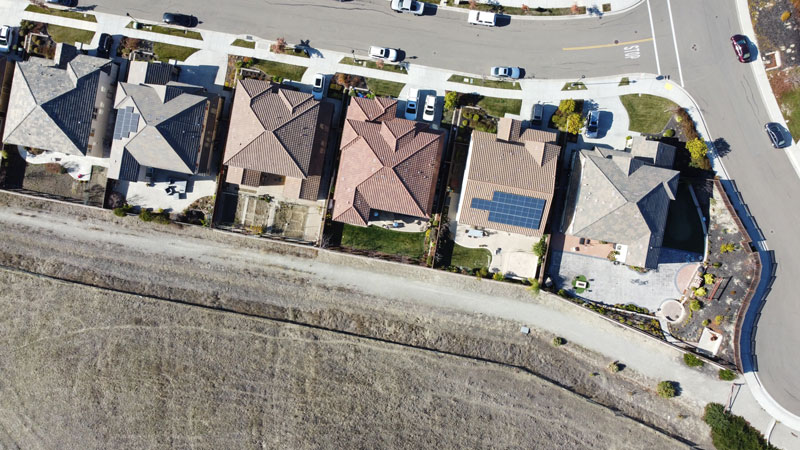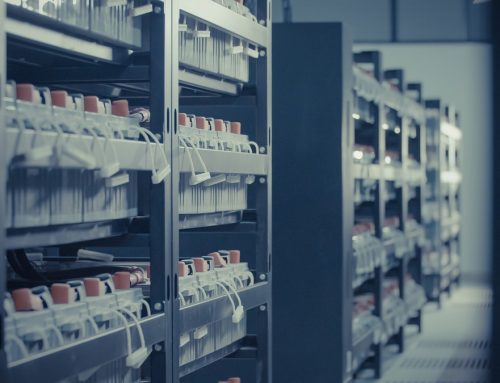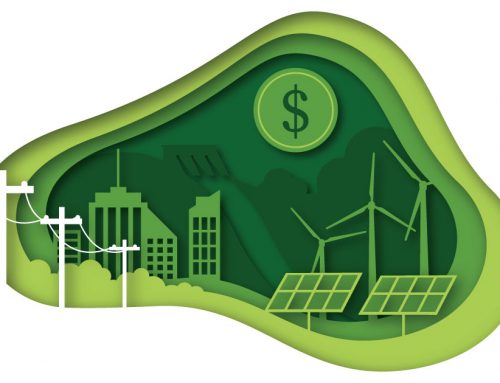By now you have heard way too much about the momentous Inflation Reduction Act (IRA) being signed into law by President Biden. While this important legislation assists with health care costs and implements tax reform to address the deficit, what Solar Forward is most interested in is what this legislation means for energy.
Highlights of the IRA Energy Incentives:
- 30% Investment Tax Credit (ITC) on residential and commercial solar from 2022 until 2032, stepping down to 26% in 2033
- Stand-alone energy storage systems also are now eligible for the 30% ITC
- Up to $7,500 tax credit for income qualified EV and plug-in hybrid customers
- Up to $4,000 used EV tax credit
- $8.5 billion in funding for energy efficiency and electrification in single-family and multi-family homes
- Large scale solar arrays are now eligible for the Production Tax Credit (PTC), previously only for wind projects
- Solar components manufacturing investment credits or production credits for facilities based in former coal communities
- Direct pay available for commercial projects for entities without a tax appetite, e.g. nonprofits and governments
- The transferability of commercial tax credits will facilitate smaller project development, which previously would have been difficult to finance
In short, the energy provisions of the IRA amount to over $60 billion to grow domestic renewable energy infrastructure and manufacturing with considerations for underserved communities, energy communities, efficiency, electrification, battery storage, prevailing wages, apprenticeships, and domestic content and manufacturing requirements.
Most Relevant Information for Residential Customers:
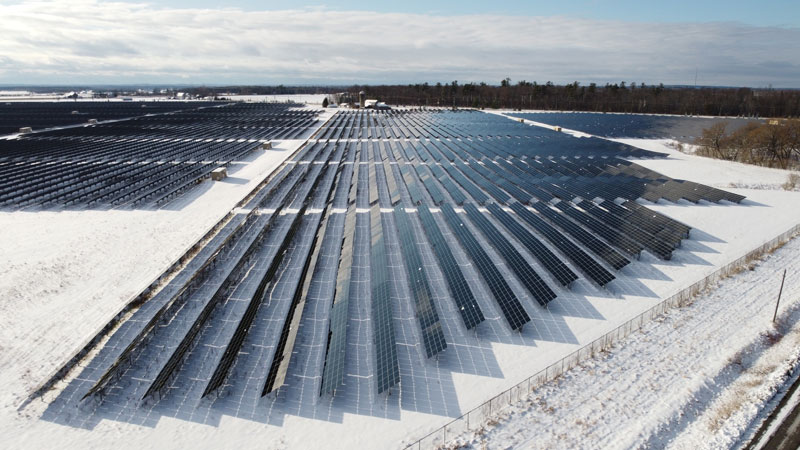 The extension of the ITC at 30% applies to both business and residential projects, including projects installed in 2022, and will last until the end of 2032. Solar customers and contractors no longer need to feel hurried into getting solar installed by midnight on December 31st in order to take advantage of the ITC. This will make Solarize programs and group buy-in discounts easier for customers and contractors to participate in. While Solarize programs are still limited time offers, it will be easier to make an informed choice to invest in solar with fewer time sensitive options to consider.
The extension of the ITC at 30% applies to both business and residential projects, including projects installed in 2022, and will last until the end of 2032. Solar customers and contractors no longer need to feel hurried into getting solar installed by midnight on December 31st in order to take advantage of the ITC. This will make Solarize programs and group buy-in discounts easier for customers and contractors to participate in. While Solarize programs are still limited time offers, it will be easier to make an informed choice to invest in solar with fewer time sensitive options to consider.
For the first time, the ITC includes stand alone storage systems! That means you can install a battery system without solar and receive the 30% tax credit. This is especially useful if 1.) your utility already offers a battery incentive, 2.) you live in an area with a less reliable grid than you need for business or emergency purposes, 3.) or you are served by a utility with time-of-use rates and would like to store power during the day to discharge at night when electricity rates are higher. Not to mention, storage improves grid reliability and is imperative to transitioning the grid infrastructure to renewable energy.
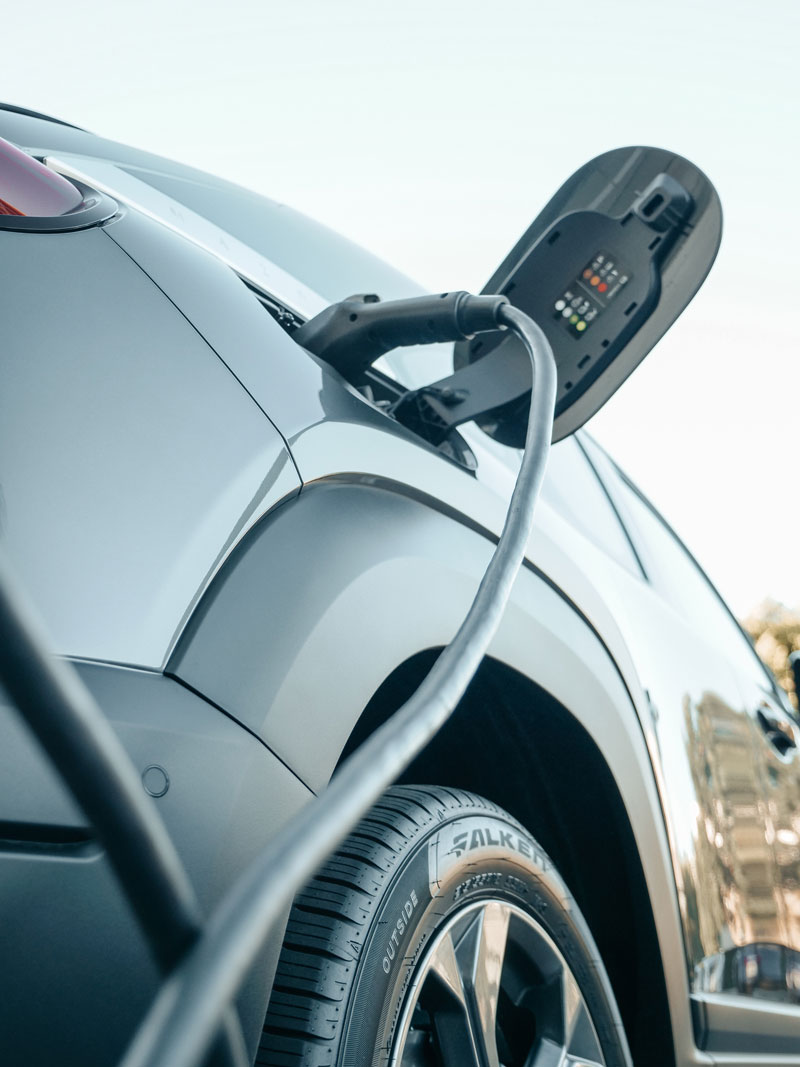 Electric Vehicles (EVs) and plug-in hybrid vehicles are being incentivized for lower income customers with income qualifications based on taxable income of <$150k for single filers. Only EVs sedans that are <$55k and other vehicle types that are <$80k qualify for the $7,500 tax credit. To incentivize domestic battery manufacturing, eventually all EV batteries must also be made in the U.S. from minerals mined or recycled in North America. As well as incentivizing EV price reductions and lower income EV purchasers, pre-owned EVs are also now eligible for up to a $4,000 tax credit if the vehicle is two years old and $25k or less. These incentives are designed to make innovative technologies more accessible for middle income households.
Electric Vehicles (EVs) and plug-in hybrid vehicles are being incentivized for lower income customers with income qualifications based on taxable income of <$150k for single filers. Only EVs sedans that are <$55k and other vehicle types that are <$80k qualify for the $7,500 tax credit. To incentivize domestic battery manufacturing, eventually all EV batteries must also be made in the U.S. from minerals mined or recycled in North America. As well as incentivizing EV price reductions and lower income EV purchasers, pre-owned EVs are also now eligible for up to a $4,000 tax credit if the vehicle is two years old and $25k or less. These incentives are designed to make innovative technologies more accessible for middle income households.
To address dated technology in the built infrastructure, the IRA includes great efficiency and electrification rebates. These rebates are structured differently for single-family and multi-family homes as well as by income, but they will make weatherizing buildings, upgrading wiring and service panels, and installing more efficient technologies like air source heat pumps more feasible for middle income households. Low-income households will benefit the most from these rebates, up to 100%, and will access a better quality of life through an improved building envelope and reduced temperature costs.
Sources:

